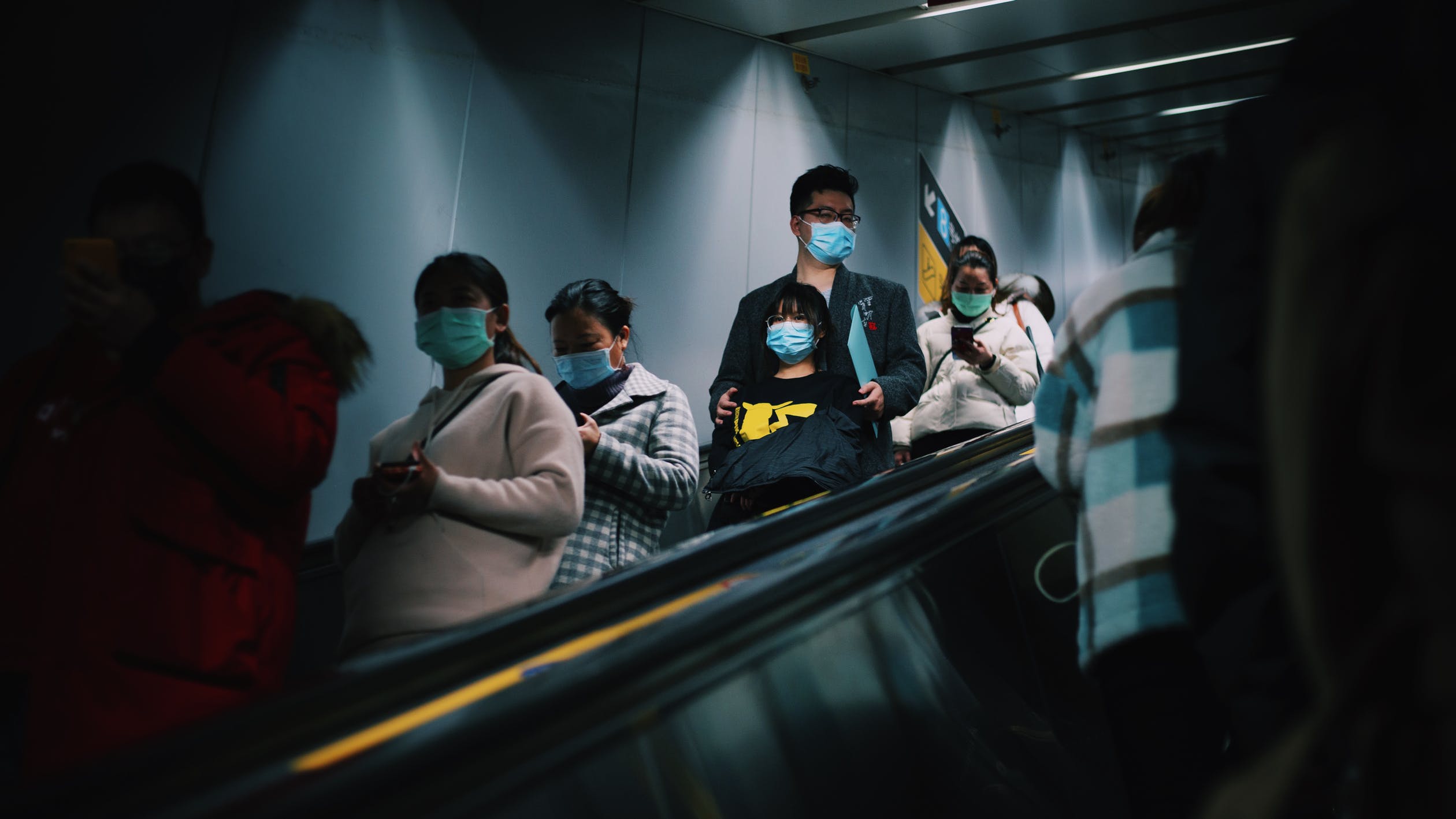As the COVID-19 pandemic has wreaked havoc on the trade show world, many exhibitors are realizing the need to adapt their exhibits to new health and safety guidelines. Much has been published on how venues and organizers will be affected, but little guidance has been offered on individual exhibits. It is imperative that exhibitors consider their own space to assure safety and confidence while continuing to offer an effective branded environment. NOW is the time to begin these reviews!
We’ve gathered advice on how to modify an exhibit for improved health and safety in response to COVID-19 prevention measures. Exhibitors should consider modifications in three separate categories: Physical Structure, Interaction/Technology and Cleaning/Sanitation:
Physical Structure:
- Exhibit perimeter barriers: Where most exhibits have traditionally been open for access from all sides, perimeter walls and dedicated entrance and exit points can help control traffic flow through the booth.
- Signage: Communication is key! Be sure to allow signage describing policies and protective measures used in your exhibit which are in addition or redundant to those enacted by the show organizer and venue.
- Spacing: Place branded floor decals at prescribed intervals to make physical spacing clear, while adding a little reminder of your brand promise.
- Personal Barriers: Add clear plexiglass barriers at reception and service counters to separate people during face-to-face interactions.
- Exhibit Properties: Are there ways to reduce the structure within your space to accommodate more people? For example, one client is replacing bulky cabinets used to store leaflets and promotional items with narrower kiosks supporting video monitors.
- Furniture: Replace conference table-style seating with scattered single chairs and side tables to add space and comfort, yet still facilitate conversation.
- Ceilings and Overhangs: Ceilings or significant overhangs may inhibit air circulation. Adding fans or replacing ceilings with open designs may help improve the movement of air.
Interaction and Technology
- Technology: Implement any of a wide array of technology tools to offer touchless transactions and data gathering, such as: RFID tracking, voice-activated interfaces, QR code-scanning, wireless charging stations or facial recognition software. We’ve evaluated self-propelled interactive robots, haptic devices, and alternatives to VR headsets among other emerging technologies.
- Temperature Scanning: Although show venues or organizers may be conducting temperature scans, some exhibitors are adding this capability as an extra precaution toward keeping their booth staff and visitors safe. This can be achieved with simple hand-held devices, walk-through portals or full-body scanners.
- Reduce Handouts: Instead of providing physical brochures and swag, consider electronic methods of distribution. Replace the business card fishbowl with a badge scanning station and raffle off an e-gift card which can be sent via email, or a prize which can be shipped.
- Touch Screens: If touch screens must be used, restrict screen contact to booth staff only, offer disposable stylus wands, and/or clean between every use.
- Video Conference Capabilities: With the possibility that attendee counts will be limited, ensure video conference capability is available in meeting rooms or discussion points, so that home office counterparts can be included in critical discussions.
- Personal Protective Equipment (PPE): Develop a clear policy for required PPE for your booth staff, ensuring that it is uniformly implemented to support your brand image and safety. Consider branded masks or face shields, high-five wands, fingertip covers or gloves, branded personal sanitizer bottles, and the like.
Cleaning and Sanitation
- Stay Clean: Branded sanitizing stations can be installed throughout the exhibit space, while an abundant stock of antimicrobial wipes, extra masks, disposable gloves and the like is a necessity.
- Extra Sanitization: Proven anti-microbial surface treatments are available for tables, reception desks and other such non-porous surfaces. Similarly, UV sanitizing wands can be safely used for high-touch and fabric surfaces. Combo phone chargers/ UV sanitizers offer an extra level of cleanliness for your staff’s personal belongings, and added convenience for your visitors. Electrostatic sprayers or foggers can quickly and easily be used in conference rooms, seating areas or other high-traffic spaces.
- Show Requirements: Carefully review the requirement of the show organizer regarding cleaning and sanitation. We expect that many show will be setting minimum frequency requirements for daily cleaning and sanitation procedures. Becoming familiar with the show’s level of screening and safety assurances ensures that you can proactively address any shortfalls to your organization’s requirements.
- Fresh Air: One option some show organizers are considering is a shift to include outdoor spaces for events. Be prepared to have outdoor-friendly elements in your inventory so you can maximixe brand exposure in this scenario.
The Acer team is happy to consult with exhibitors to assess areas of existing exhibits which could be modified to provide a better, safer exhibit experience to show attendees, booth staff and guests. Using our holistic, cost-sensitive approach, we will make every attempt to minimize costs and reuse existing elements within your requirements.
In evaluating design changes, Acer’s design teams are staying current with recommendations from local and global industry organizations, such as:
It is clearly the time to begin thinking about exhibit modifications. Contact your Acer account team today, to begin planning your return to the trade show floor!

